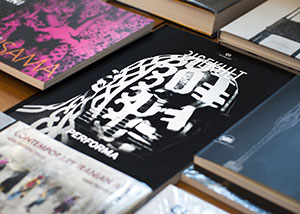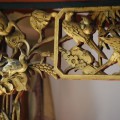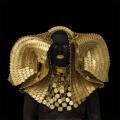The history and development of the kimonos were heavily influenced from clothing traditional Chinese Han people called hanfu through Japanese embassies in China in the fourth century. However, it was in the eighth century that the Chinese custom became popular in Japan. During the Heian period (794-1192) the kimono became increasingly similar to the current one, though at the time was still covered with a kind of apron called mo. During the Muromachi period (1392-1573) the kosode, antesisgnano a kimono but was still considered part of the underwear, began to be worn without the hakama skirt-pants over it, and then also began to be attached to the body with a special belt, the obi belt. During the Edo period, the sleeves began to grow, especially among unmarried women, and the obi belt started to become wider, with different types of knots and fastenings less simple. Since then, the basic shape of the kimono for men and women has remained essentially unchanged.
|
|
|
Risekult ArtBook Risekult ArtBook is the precious pubblication for collectors, consisting of approximately 180 pages on contemporary art, thematic with English and Italian texts, made with special papers and prints..
Risekult ArtBook is the precious pubblication for collectors, consisting of approximately 180 pages on contemporary art, thematic with English and Italian texts, made with special papers and prints..
Artist of the MonthSOUND OF THE WEEKAUDIO DUST BY ALERYDEFanatico & Mathias Schaffhauser & Jorge Socarras - Tessio (So Fine Aka Citizen Kain Remix)Events
Ciao, dolcezza! December 13, 2015
Ciao, dolcezza! December 13, 2015
Ciao, dolcezza! December 13, 2015
Into The Dark / November 21, 2014
Into The Dark / November 21, 2014
Into The Dark / November 21, 2014
Movie of the MonthSubscribe Entra a far parte del mondo Risekult con la nuova Membership Premium Card
l’abbonamento annuale che ti consente di vivere pienamente la nostra ricerca di armonia e arte.
Entra a far parte del mondo Risekult con la nuova Membership Premium Card
l’abbonamento annuale che ti consente di vivere pienamente la nostra ricerca di armonia e arte.
SUBSCRIBE NOW
VIEW
Newsletter |
|
|
CONTACTS

|
|




























